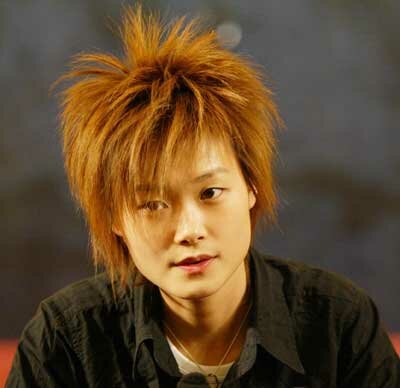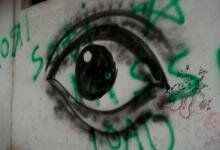How The Chinese Define Beauty
A look at how the Chinese standard of feminine beauty has evolved over the past 100 years.
At the dawn of the 20th century, many talented ladies of the night could be found in the Bada Hutong1 of Beijing. Although they might seem world-weary and were deemed worthless by the society, it cannot be denied that they, who were well versed in music, chess, calligraphy and painting2 , as well as in theatre and dance, could be said to be China’s earliest generation of intelligent, educated women. Thus Sai Jinhua3 became the perfect woman in the men’s eyes, with her “short hair, books and political engagement”, which were Western standards of beauty that had entered China with the missionaries.
Breasts that once were tightly bound by girdles and cardigans now stood erect proudly under the qipao
Ten years later, the New Culture Movement raised the bar for women’s liberation. The women of this period wore long and narrow pinafore dresses with high collars, or long black skirts with blouses of simple design. This way of dressing was described by contemporaries as “civilised new fashion”. The May Fourth Movement descended upon the times like an energetic breeze, injecting a fresh vigour into what was then a dull and repressed society. Breasts that once were tightly bound by girdles and cardigans now stood erect proudly under the qipao. You would find in the old Shanghai of the 1920s the kind of fashion that best accentuates the beauty of the Chinese woman.

Tang Wei, the Chinese femme fatale in a qipao.
Under the influence of Hu Die4 , the qipao of that time underwent many transformations – there was a new style every year, with the designs incorporating both Eastern and Western elements. Cosmetics were used to achieve the effects of snowy skin and shiny black hair: in winter women used xuehuagao (snow-flower cream); in summer they used xuehuafen (snow-flower powder), body powder and perfume; for hair care they used hair growth oil and Vaseline, etc. Shanghai’s socialites of the 1930s exemplified the Chinese woman’s love of beauty – countless Western men fell at their feet, living a life of aimless debauchery in decadent Shanghai. Even during the war, Chinese women continued to exude elegance amidst simplicity, attaining the peak of beauty.
By the 1950s, the aesthetics of women in the new Republic had become completely dominated by the new China. Women now not only had their own careers and professions, they also no longer cared about material gains or cosmetics; all that mattered was their devotion to love. In the 1960s women in China lost all sight of beauty and fashion trends; even those who worked in the performing arts (and who needed to put on make-up) poured their energy into the revolution of workers and peasants. Unrestrained in their commitment to the revolutionary cause, women were passionate and vibrant. Labour then seemed to be the most beautiful state of being, and the greatest representation of beauty.
…
The ‘90s was an era of information explosion. The idea of the classic beauty had passed, and the criteria for judging beauty had become more complicated and varied; the use of cosmetics, more sophisticated. Increasingly people believe that every woman can become a beauty, as long as she is willing to pay the price. Entering the 21st century, the standard of feminine beauty is to have “no standard”. During the last few years when it was fashionable to have double-eyelid surgery, more and more women ended up with double eyelids, and guess what – single eyelids then became a hot commodity.
And in the first decade of the 21st century, it seems that androgyny has become the new beauty. The success of Li Yuchun’s boyish charm reveals, perhaps, a new reality – that in our madly capitalistic society, women no longer can find the expression for beauty, or need standards of beauty to appraise and enjoy their life…

Chris Li Yuchun, a new definition of Chinese beauty
Footnotes:
1 Beijing’s red-light district
2 The four core accomplishments expected of a scholar in the olden days
3 Legendary prostitute and courtesan, reputed for her wit and charm
4 Leading Chinese movie star of the era. See link.
This post was originally published on 幻影云游 -- 腾讯博客 in August 2010 and has been translated by a staff writer.

















